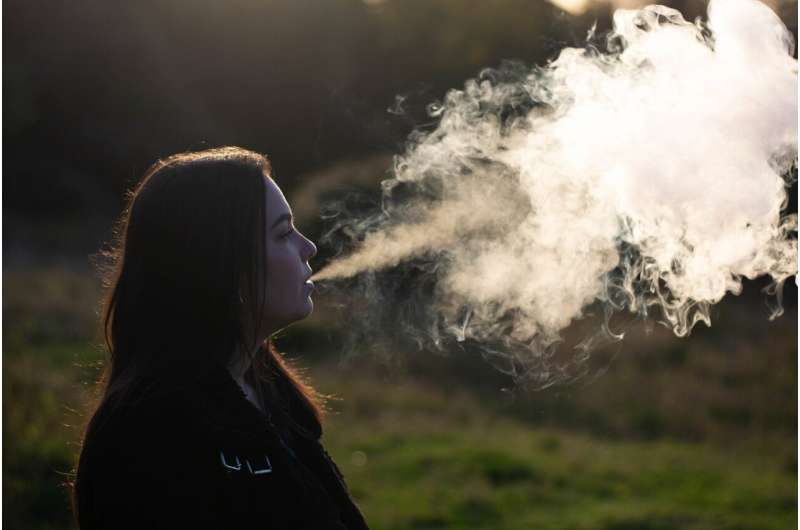Using Foot Traffic Data to Forecast COVID-19 Spread in NYC Neighborhoods

A recent study published in PLOS Computational Biology highlights how analyzing foot traffic from mobile devices can significantly improve predictions of COVID-19 transmission at the neighborhood level in New York City. Conducted by researchers from Columbia University’s Mailman School of Public Health and Dalian University of Technology, this innovative approach combines anonymized location data with epidemic modeling to anticipate where and when COVID-19 outbreaks are likely to emerge.
The research underscores that the COVID-19 pandemic had a profound impact on NYC, with infection rates varying notably across different neighborhoods. Socioeconomic factors, human behaviors, and localized health measures all contributed to these disparities. To better understand and predict these patterns, the team developed a forecasting model that integrates neighborhood-specific mobility data. By tracking foot traffic to restaurants, retail outlets, and entertainment venues in 42 neighborhoods, the model links routine activities to potential transmission hotspots.
According to senior researcher Dr. Sen Pei, "Our analysis demonstrates that everyday activities like dining out and shopping were major pathways for virus transmission. Incorporating these behavioral insights enhances the accuracy of our predictions significantly." The model’s ability to account for seasonal effects, especially winter-related increased transmission due to lower humidity, allows for more precise short-term forecasts.
This behavior-driven model offers valuable tools for public health officials to target interventions more effectively, such as directing testing resources and implementing restrictions in high-risk indoor spaces during surges. It emphasizes that timely, localized responses could help mitigate the spread especially as colder weather encourages indoor gatherings.
While promising, the researchers acknowledge that further efforts are necessary to improve data consistency and incorporate adaptive behaviors in response to ongoing outbreaks. Enhancing real-time mobility and case data collection will be vital for preparing against future pandemics. The model’s success suggests that community-level transmission mapping can serve as a powerful tool for more equitable and proactive public health strategies, potentially applicable to other cities and future health crises.
The lead author is Renquan Zhang from Dalian University of Technology, along with other collaborators including Qing Yao, Wan Yang, Kai Ruggeri, and Jeffrey Shaman from Columbia University.
source: https://medicalxpress.com/news/2025-05-foot-traffic-covid-york-city.html
Stay Updated with Mia's Feed
Get the latest health & wellness insights delivered straight to your inbox.
Related Articles
Combination Therapy Shows Promise and Safety for Specific Genetic Types of Acute Myeloid Leukemia
New clinical research indicates that combining standard AML treatment with targeted drugs like revumenib offers high remission rates and safety for patients with specific genetic mutations, paving the way for personalized therapy approaches.
Study Reveals Vaping's Higher Potential for Dependency Compared to Nicotine Gum
New research shows that pod-style electronic cigarettes are more addictive than nicotine gum, posing a higher risk of dependency, especially among youth and nonsmokers.



